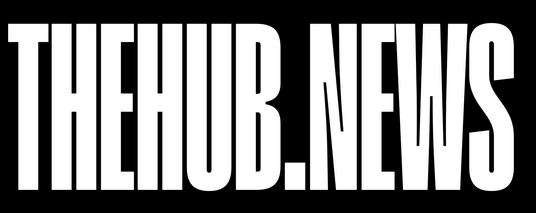From the food to the music, the cultural influence of Jamaica is undeniable. The Caribbean country proclaimed its independence from British rule on August 6, 1962, becoming a top travel destination for people all around the world.
Jamaica was inhabited by indigenous peoples, the Arawak and Taíno. Then Christopher Columbus arrived in 1494. Many of the indigenous people were either killed or died from diseases brought over from Spain, to which they had no immunity. Spain also brought Africans to the island and enslaved them to work the island’s primary crop: sugar cane.
The island remained a possession of Spain until 1655, when the British conquered Spain and renamed the island Jamaica.
After the Emancipation Act of 1834 went into effect ,the colonial government constructed an education system that prepared the newly freed people to gain employment as estate workers. The colonial government experienced a period of conflict over the individual freedom and political participation of the freed population.
In 1840, the assembly changed the voting qualifications that allowed some Blacks and “mixed-race” people to vote. However, by the 1880s, representation and limited self-rule were gradually being reintroduced to Jamaica.
The push for independence came as a response to economic, social and political pressures on the island. During the 1930s, Jamaica went through an economic depression that led to labor riots over working conditions. Norman Manley formed the People’s National Party (PNP) believing that the basis for national unity in Jamaica would come from the masses. Manley was interested in securing control over state power and political rights for the people.
In 1942, William Alexander Bustamante founded a political party to rival the PNP, called the Jamaica Labor Party (JLP). The JLP was supported by conservative businessmen, sugar plantation workers and some unskilled laborers. Bustamante and his party temporarily gained control over political affairs and he took office as Jamaica’s first premier in 1945.
Following World War II, Jamaica began its transition to full independence. Manley and the PNP took office in 1955. As Chief Minister, Manley was able to accelerate the process of decolonization and the progress toward self-government. Jamaica also joined the West Indies Federation after being assured of independence. However, a referendum was called to determine whether or not the people of Jamaica should remain part of the Federation.
The people of Jamaica voted for independence in 1962 and ushered in full self-governance. The British flag was lowered to make way for the new green, yellow and black flag that still flies today.
The people of Jamaica host activities and large street parades to celebrate the day they officially gained independence.


